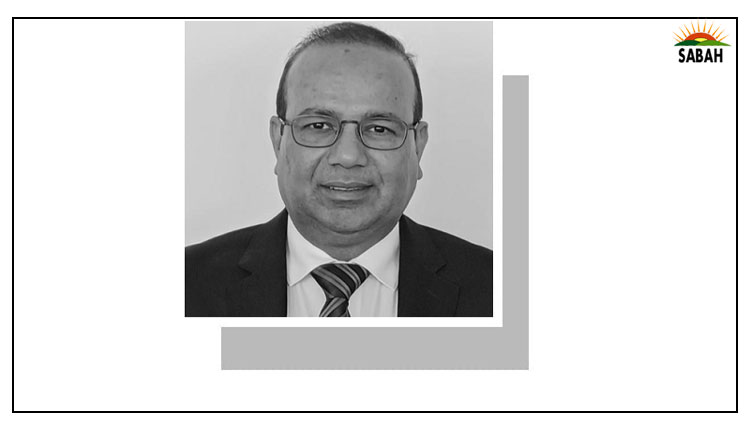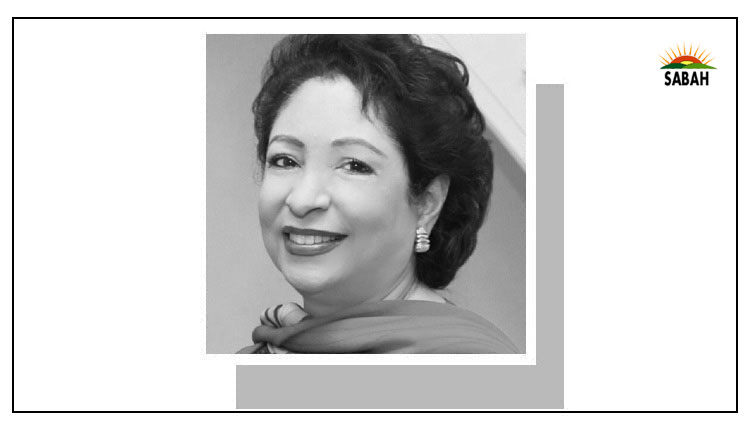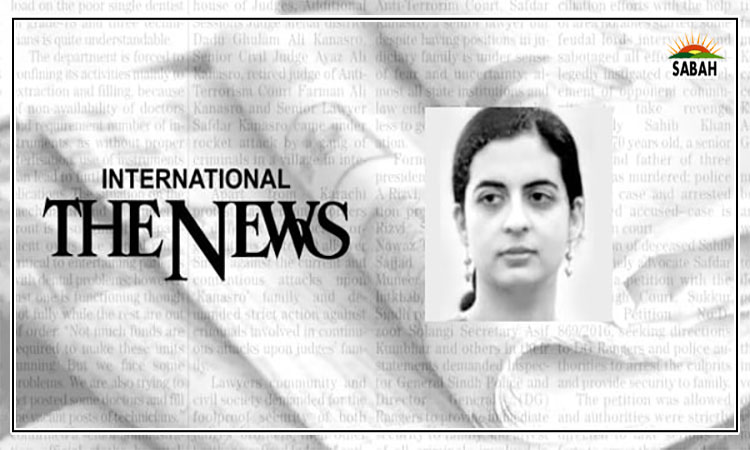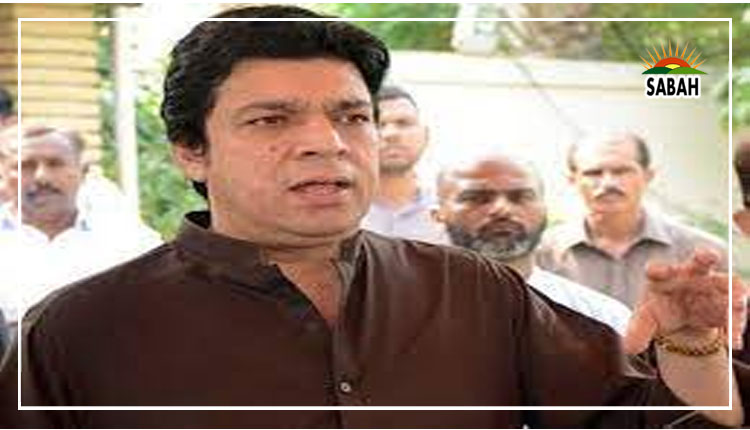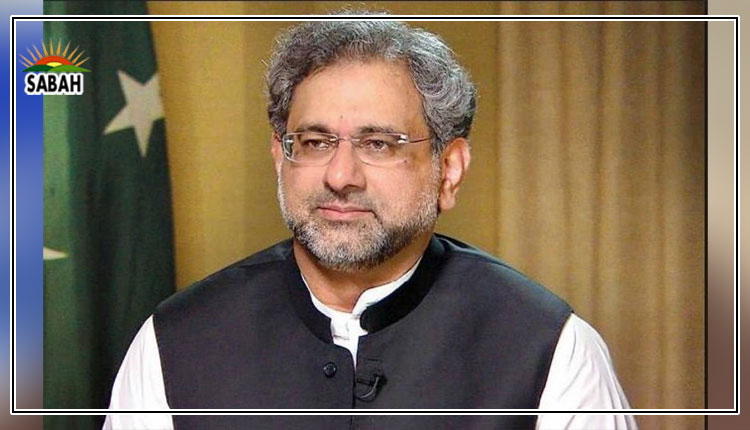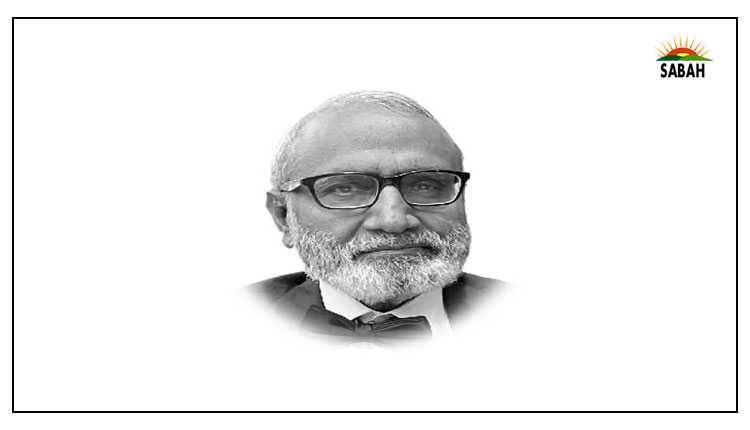Balochistan down under….Dr Pervez Tahir
One had made a number of attempts to visit Balochistan down under the coastline and extensions of lower high lands bordering Turbat and Gwadar but the news about the security situation led to change of plans. At long last, it happened this week, but only to Turbat in Kech district that has the second largest population after Quetta. Gwadar, regrettably, was again made out of bounds by Maulanas unending dharna. The district of Kech was not seriously affected by floods, but the dates crop suffered due to heavy rains. In Turbat, the headquarter of the district, and the surrounding rural areas up to Mirani Dam, there are checkposts after checkposts. These do not seem to prevent the flow of Iranian petroleum products and a large variety of items of common consumption. Commissions vary, depending on whose checkpost it is. A major source of peoples livelihoods, moving from smuggling to freer trade would be the best poverty graduation programme. Mercifully, there is no talk of default, fiscal deficit, dollar shortage. Prices are the only concern, as it should be for common folks worried about bread and butter. The city, one cannot fail to notice, bears the stamp of Dr Abdul Maliks good work as Chief Minister something rare in the engineered governments of a neglected province. People point to roads, Turbut University, teaching hospital and other education and health facilities and say: Dr Malik did it.
In the rural areas of the district, the National Rural Support Programme (NRSP) is the equivalent of Dr Malik. It has socially mobilized communities in 41 union councils (UCs), with local support organizations (LSOs) striving to help themselves, besides working with the district and tehsil governments in the joint development committees. The writer had the chance to visit LSO Meerani, UC Nodiz and LSO Shoorma, UC Solband. The former has mobilized 84% of the households into community organizations. The communities own saving is Rs2.5 million. Its community investment fund boasts a loan portfolio of Rs5.6 million, extended in accordance with poverty scorecards. In addition, EU-supported community investment fund, BRACE, provided 586 loans. The project activity mainly targeted women. Self-help activities include CNIC and B-form facilitation, voter registration, BISP registration and Covid-19 awareness. Under Water, Immunization, Sanitation and Education (WISE) programme, the LSO achieved all of its targets. LSO Shoorma is equally vibrant. Its future plans include, among others, the construction of a community hall, date processing unit and solarized tubewells. A proof that Shoorma can do it is furnished by a water supply plant, abandoned by the government and rehabilitated by the LSO. It is more economical due to the shift to solar power. It is providing piped drinking water to 275 households. Karez, Balochistans traditional irrigation channel, is becoming extinct, not only for technical and climatic factors, but also the weakening of social organization it requires. In Phullani, UC Ginna, the Nazeerabad Karez has been rehabilitated by the LSO Toomshan, providing irrigation and drinking water to a sizeable number of households.
The Government of Balochistan abandons not only water supply schemes, but also heritage sites. Turbat is the Baloch link to the romantic folklore of Sindhi-Balochi-Punjabi story of Sassi and Punnu. The palace of the family of Punnu, Meeri Kalat, is in complete ruins. Returning by the most scenic but increasingly dangerous single-lane Makran Coastal Highway, one could not help thinking of Kaknoos, the bird that burns itself when it sings. After all, the Balochistan down under is in Pakistan, not Australia and New Zealand!
Courtesy The Express Tribune



